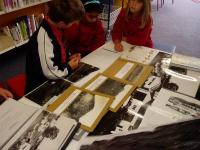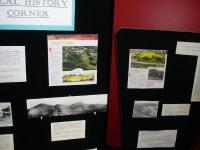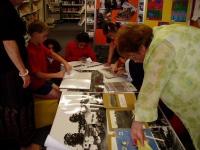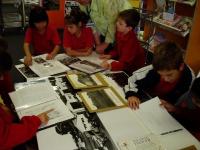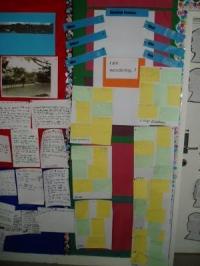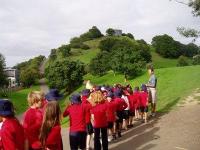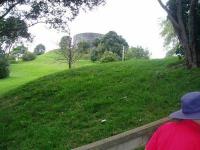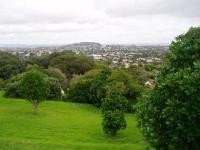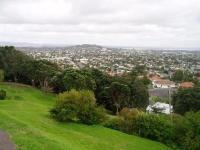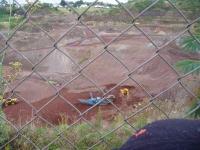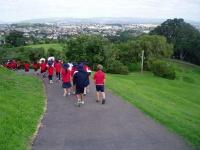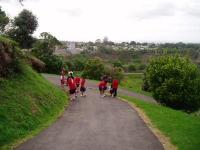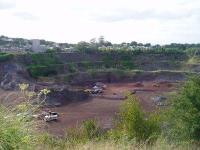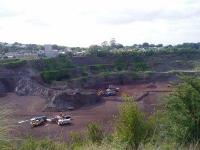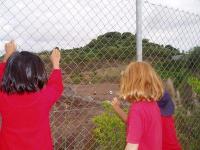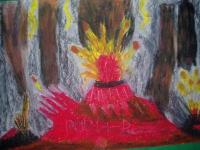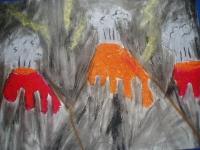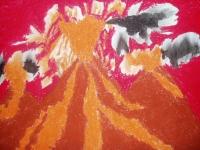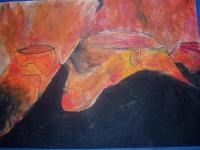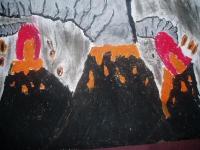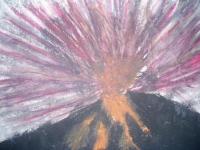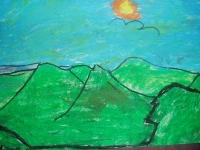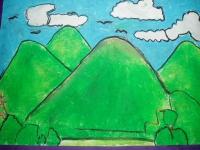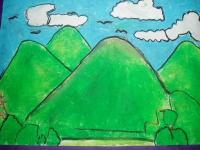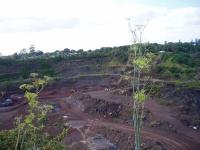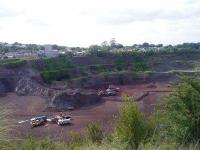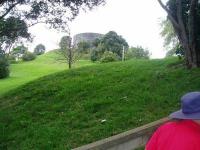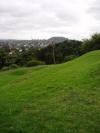Where have the Three Kings gone? by Room 6
Our school and suburb is called Three Kings but now there is only one King left.
Our question for investigation was...
Where have the Three Kings gone?
Gathering Information
Visit to Mt Roskill Library
We went to the Mount Roskill library. At the library we looked at old photos of Three Kings. After we came back we wrote a class brainstorm of the new information.
We wrote some wondering questions. One wondering question had to be about the school and the other one was about the Three Kings Community.
When we visited the library we were told about a local historian, Mr Fuller. We invited him to come to school to talk to us. He was able to answer a lot of our questions and tell us some cool stories. We videoed him while he was talking and answering questions.
Walk up Big King
We went for a walk up Big King. When we walked up we saw orange rocks that looked like dried up lava. We noticed a kumera pit near the top. We came down another way and had a clear view of the Quarry.
View of the water tank on top of Big King.
We saw kumera pits as we neared the top.
View from the top
On the way down we got clear views of the Quarry.
Looking at Winstone Quarry and volcanoes.
Winstone Quarry lent us some photos of the Three Kings quarry and the volcanoes. We liked looking at the pictures of the explosion. It was really huge. The photos of the Three Kings Commumity were interesting. We noticed that the hills got smaller in every photo because in each photo more and more of the Three Kings had been quarried way.
What we discovered
The Three Kings Volcanic Eruption
Three Kings was the most violent of all of Auckland's eruptions. The first explosion left a crater 300 metres deep and 1200 metres in diameter. Our school is built in the crater.
The crater filled with a lava lake which slowly cooled and became solid. Later there was another explosion where lava fountains built up the cones which were later called the Three Kings.
The volcano exploded about 20 thousand years ago.
We looked at pictures of the volcanic explosion of Three Kings. Then we drew our own picture of the explosion and used pastel to colour it. We really enjoyed drawing the volcanoes exploding.
The Maori name for Three Kings, the custer of volcanoes, was Te Tatua-o-Riukiuta [the girdle of Riukiuta]. The Maori Pa on Te Tatua-o-Riukiuta was destroyed somewhere between 1740 and 1750. There were no Maori living on the mountains when the Europeans arrived.
We looked at a painting by John Kinder who painted the volcanic crater of Three Kings in 1875. We discovered that there had been more than three 'Kings'. Next we drew and coloured in with pastel our own picture of the Three Kings crater.
Only one 'King' - Te Tatua a Mataaho or the Great King remains.
The Great King belonged to the Wesleyan Native School. They donated 14 acres including the Great King in 1927 to the government. Twenty years later the Mount Roskill Borough Council took care of the reserve. This is why the mountain has not been quarried away.
At the beginning of the 20th Century, in the 1900's the others started to be quarried. At least two of the Three Kings have been quarried away. The scoria was used to build roads all around Auckland. They used to use explosives to break up the hard rock. Now they have a machine that crushes the rock. Winstone's Quarry struck the water table around 2000 and they have to pump water from the Quarry. The Quarry is due to close in the next year or so and people in the community have different ideas as to what should happen to the land.
Photos of the quarry
Some people say that it is Great King and not Big King that is left standing today. In fact Mr Fuller told us this when he visited. Everybody calls the one remaining hill Big King. It has a big concrete water tank built on top of it. Some people say that the tank spoils the look of it but it has been there since 1953.
Big King is now a council reserve. It is used for a dog exercise area. People like to walk to the top of the hill and look at the view and have family picnics. It is fun to slide down the steep sides on cardboard or plastic.
